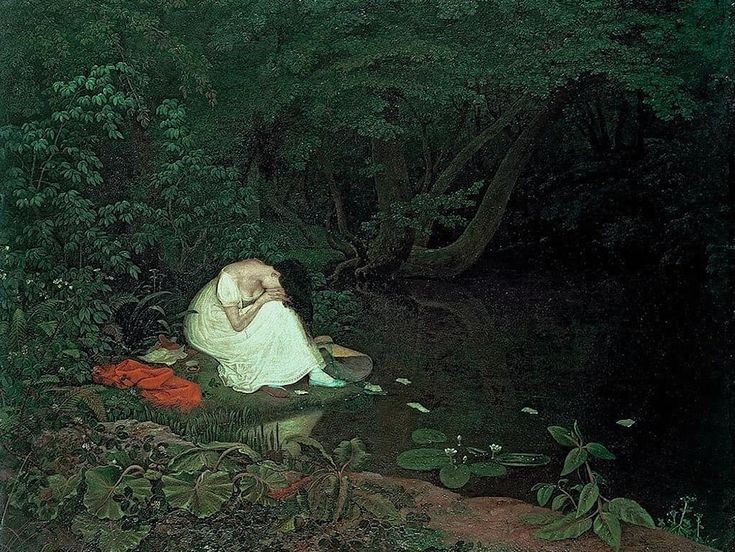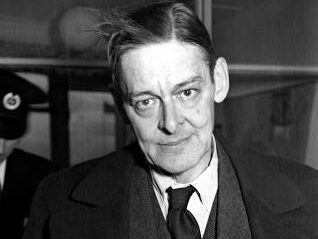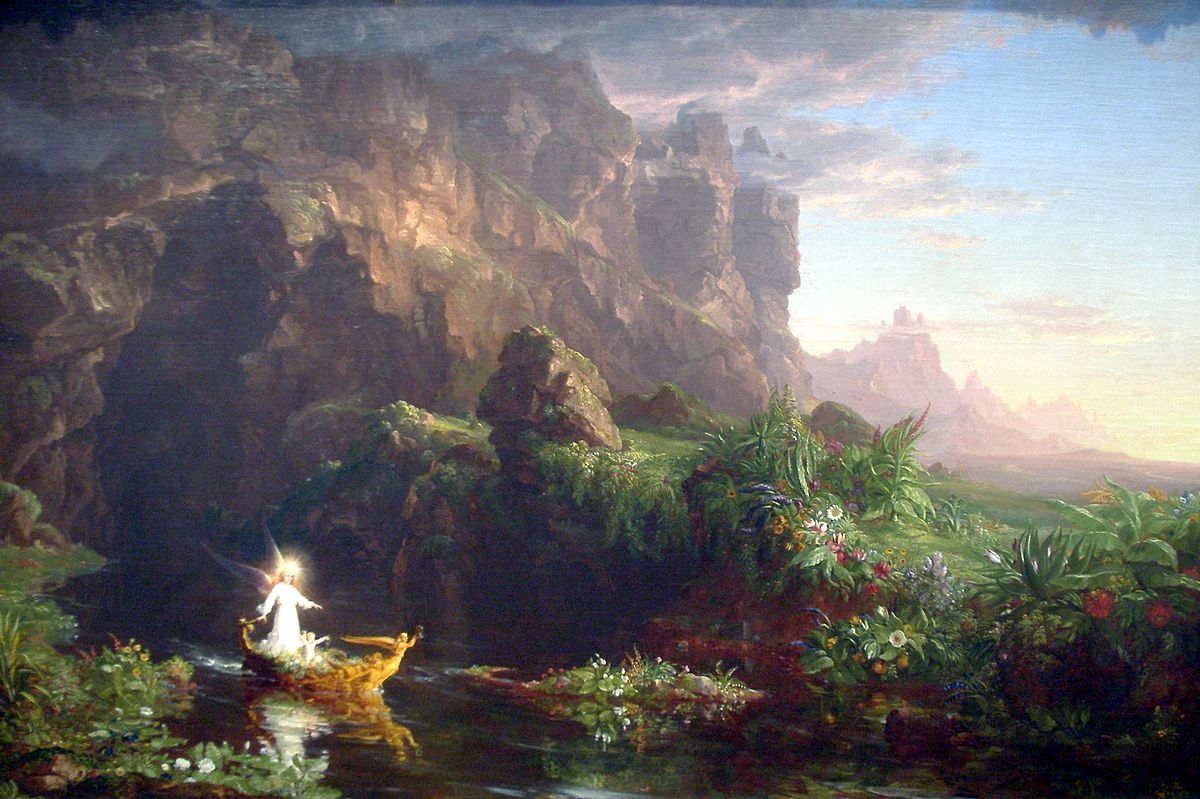By Efstathia Valavani,
The unfathomable beauty of the natural environment that extends outside from urban spaces could never cease to astonish human beings. Poets from every cultural background have felt the animating force of nature and tried to express its majesty through their special gift of words. A few lines of poetry can not only make us travel to the vast scenery that inspired them. Through them, we can also recognise the poet’s feelings, endure their pain, or comprehend their psychical ecstasy. From Geoffrey Chaucer’s verses in The Canterbury Tales, written in Middle-English, to the Romantic poets, and from Walt Whitman to contemporary poets, like Angelina Weld Grimké and Grace Nichols, Nature has been the canvas on which humanity is experienced and turned into poetry.

Nature has been prevalent in classic works, often dressed in its springtime attire. For many poets, philosophers and artists, spring is heavily associated with new beginnings, brought by its gentle breeze. The revival of Nature at that time of the year, and the imagery that it is accompanied with, carries the meaning of the reawakening of the human being and its spiritual elevation. “The General Prologue” of Chaucer’s Canterbury Tales sets the scene of a pilgrimage occurring in the heart of the season of spring, in the month of April, closely related to the Christian celebration of Easter. The line “Whan that Aprille with his shoures soote” (Chaucer) precedes a scene filled with the imagery of flowers, plants and animals taking the breath of life, while men and women reconnect with them and with each other during their religious journey. T.S. Eliot, in 1922, pays homage to the father of English poetry in the beginning of his Waste Land:
April is the cruellest month, breeding
Lilacs out of the dead land, mixing
Memory and desire, stirring
Dull roots with spring rain. (Eliot, lines 1–4)

The poet contrasts medieval rejuvenation with his disappointment regarding new beginnings. For Eliot, the rebirth of the earth and all its beauty are completely meaningless, and bring even more despair to an unsalvageable world. In both cases, nature is associated with change that can be positive, negative, or simply the essence of life. What remains intact through time is poetic heterogeneity, with which a season can be seen, symbolizing the diversity of humanity and range of reactions that can be provoked after our interaction with the universe.
During the Romantic Era, the poets interpreted nature as a vast source of spiritual excitement. William Wordsworth allows the lofty natural environment to become the main field where his poems take place, much like it happened in medieval art and poetry. As he highlights in his Preface to Lyrical Ballads, a landscape, in combination with the simplicity of rural life, can cause a passionate exhilaration that will arouse one’s imagination and emotions (Wordsworth 305). This intensity of one’s sentiments is noticeable from one end of Wordsworth’s poetry to the other:
My heart leaps up when I behold
A rainbow in the sky:
So was it when my life began;
So is it now I am a man;
So be it when I shall grow old,
Or let me die! (Wordsworth)

Poems like “My heart leaps up” value the natural Sublime and offer powerful statements that demonstrate a man’s enchantment by it. The personae is mesmerised by his surroundings and captured by the innocence these are characterised by. Years later, the American Transcendentalist poet Walt Whitman celebrates the entirety of divine creation and the unity of body and soul in “Song of Myself”. The vast American landscape and its pureness contrast American materialism, while the poet insists on the need to connect with the rest of creation and “sniff […] green leaves and dry leaves” (Whitman).
Poetry of most modern times utilizes nature in order to dive into deeper meanings, offering outstanding levels of analysis. In her 1922 poem, “When the Green Lies over the Earth”, Angelina Weld Grimké expresses her longing for a loved one. The speaker cannot enjoy the beauty and the simplicity of nature in the same way Wordsworth’s and Whitman’s speakers do. Every detail in the landscape is reminiscent of the individual the persona is yearning for, and the absence of that individual prevents her from being amused by nature and its whims:
And the little birds just above your head
With their voices hushed, my dear,
For you have sung and have prayed and have pled
This many, many a year. […]
And my heart no more leaps at the sunset glow.
For oh! my dear, when the youth’s in the year,
Yours is the face that I long to have near,
Yours is the face, my dear. (Grimké)
Regarding another poem, Grace Nichols’ “Hurricane Hits England” from 1996, nature plays a different role. As the title suggests, the poetic persona witnesses the power of a hurricane, a natural phenomenon that usually occurs at exotic areas, often close to the Caribbean, where Nichols is from. In 1987, England was indeed hit by a great hurricane, and that was probably what inspired the poet and reminded her of her homeland. During a natural disaster, the voice of the poem finds comfort in reuniting with the same amicable gales that accompanied her childhood. Through them, see revisits her culture, her language, and her old habits, and reconnects with the essence of her inner and true self.

To conclude, the wonders that extend to every corner of the earth are as important for poetry as they are for human beings and their need to sustain life. Nature is seen from a poet’s viewpoint and allows every possible sentiment to be born. It accounts for the poetical aspect of texts that would otherwise simply be a piece of prose or a declaration of what a writer feels. Poets seem to write about the environment as if they were creating a painting, adding their personal lamentation or bliss in the words that surround what has already been there. Such is the momentousness of the earth we live on that it commands not only our admiration, but most importantly our respect and care for the space that surrounds us.
References
- The Canterbury Tales: General Prologue. Poetry Foundation. Available here
- The Waste Land. Poetry Foundation. Available here
- When the Green Lies over the Earth. Poets.Org, Academy of American Poets. Available here
- Hurricane Hits England. Poetry Archive. Available here
- When the Green Lies over the Earth. Poets.Org, Academy of American Poets. Available here
- Hurricane Hits England. Poetry Archive. Available here
- Song of Myself. Poetry Archive. Available here
- Wordsworth, William. “Preface to Lyrical Ballads.” The Norton Anthology: English Literature, 10th ed., D, W.W. Norton & Company, New York, 2018, pp. 304–315.
- My Heart Leaps Up. Poets.Org, Academy of American Poets. Available here




